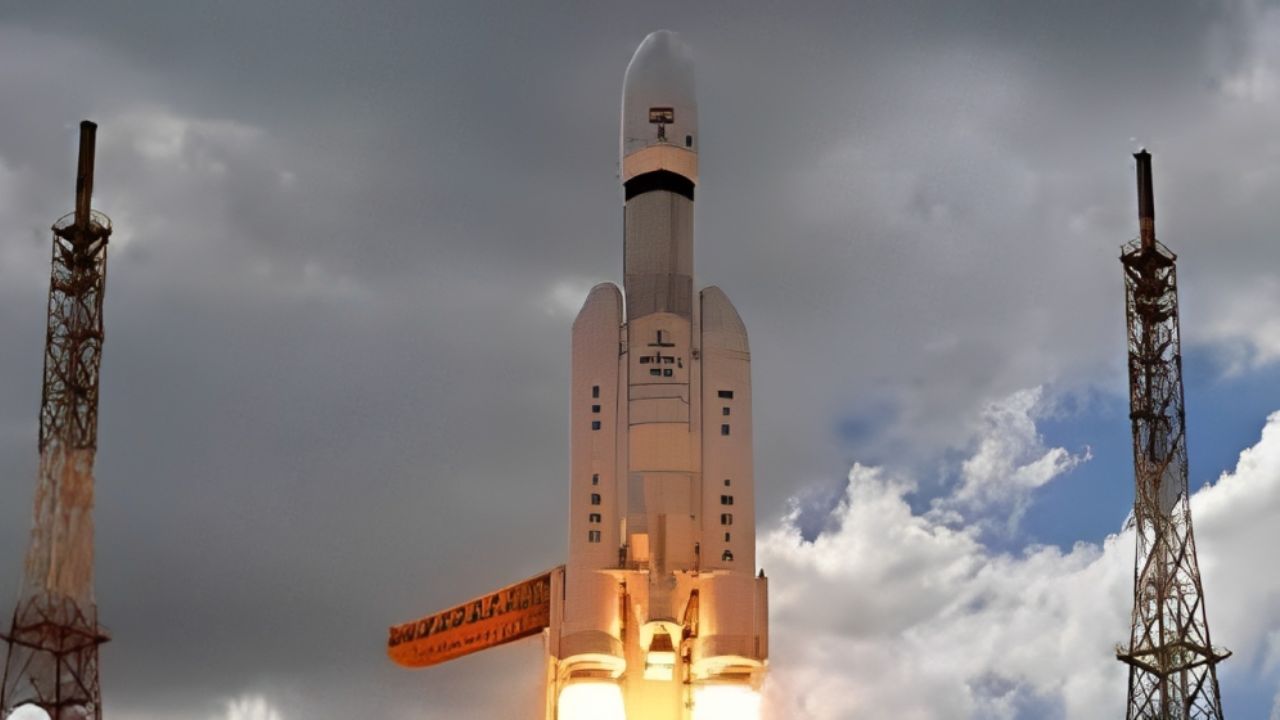India’s journey in lunar exploration began with the Chandrayaan program. Chandrayaan 3, which translates to “Mooncraft” in Sanskrit, represents India’s ambitious foray into the realm of lunar exploration. The program has seen multiple missions, each building upon the knowledge gained from its predecessors. This article traces the history of India’s Chandrayaan program, detailing the key missions, scientific achievements, and the broader significance of India’s lunar endeavors.
Chandrayaan-1: Pioneering Beginnings (2008 – 2009)
Chandrayaan-1 marked India’s first mission to the Moon and a significant milestone in the nation’s space exploration efforts. Launched on October 22, 2008, by the Indian Space Research Organisation (ISRO), this orbiter made a remarkable discovery by detecting water molecules on the lunar surface. Unfortunately, the mission was prematurely terminated in August 2009 when ISRO lost communication with the spacecraft.
Despite its abbreviated lifespan, Chandrayaan-1 provided invaluable data that contributed to our understanding of the Moon’s geological and chemical properties. The discovery of water molecules in the form of hydroxyl ions in the lunar soil reshaped scientific thinking about the Moon’s history and potential for future exploration.
Chandrayaan-2: A Multifaceted Mission (2019 – Present)
Building on the success of Chandrayaan-1, ISRO launched Chandrayaan-2 on July 22, 2019. This mission aimed to explore the lunar South Pole, a region of great scientific interest due to the presence of water ice and the possibility of finding clues about the Moon’s geological evolution.
Chandrayaan-2 consisted of three components: an orbiter, a lander named Vikram, and a rover named Pragyan. While the orbiter continues to orbit the Moon, conducting various experiments, the lander Vikram faced a setback during its descent. It lost communication with mission control and crash-landed on the lunar surface, ending its operational life prematurely.
Despite the setback with the lander, the Chandrayaan-2 mission has provided valuable insights. The orbiter continues to study the Moon, conducting high-resolution remote sensing and spectroscopic observations. These observations have shed light on the Moon’s topography, mineral composition, and the presence of water ice.
also read this ; Russia Sends Progress MS-24 Freighter to International Space Station
Future Prospects: Chandrayaan-3 and Beyond
India’s lunar exploration journey does not stop with Chandrayaan-2. ISRO has announced plans for Chandrayaan-3, which aims to build on the lessons learned from Chandrayaan-2’s lander mishap. Chandrayaan-3 is expected to be a lander-rover mission, focusing on scientific exploration and the further development of lunar technology.
Additionally, ISRO has expressed its long-term vision for a Chandrayaan-4 mission, which would carry advanced scientific instruments and technologies to explore new aspects of the Moon’s geology, mineralogy, and lunar exosphere. This ambitious program reflects India’s commitment to expanding its presence in lunar exploration and contributing to our global understanding of the Moon’s mysteries.
Scientific Significance
India’s Chandrayaan program has significantly advanced our scientific understanding of the Moon. Chandrayaan-1’s discovery of water molecules on the lunar surface reshaped lunar science, sparking interest in the Moon’s potential resources and its role in Earth’s history.
Chandrayaan-2, despite the challenges faced during its lander phase, continues to provide valuable data through its orbiter. It has contributed to lunar science by studying the Moon’s surface composition, its exosphere, and mapping lunar water ice.
These missions have not only bolstered India’s space capabilities but have also fostered international collaboration. India has shared its lunar data with the global scientific community, promoting cooperative lunar research.
India’s Chandrayaan program represents a remarkable journey in lunar exploration, marked by scientific achievements and technological advancements. Despite challenges and setbacks, such as the loss of Chandrayaan-1’s communication and the lander mishap of Chandrayaan-2, India has demonstrated its commitment to exploring the Moon’s mysteries.
The program’s future prospects, including Chandrayaan-3 and Chandrayaan-4, underscore India’s dedication to expanding its presence in lunar exploration. Chandrayaan has not only contributed to our understanding of the Moon but has also promoted international collaboration in space science. India’s lunar journey is a testament to the nation’s growing prowess in space exploration and its potential to make significant contributions to humanity’s quest for knowledge beyond Earth.



